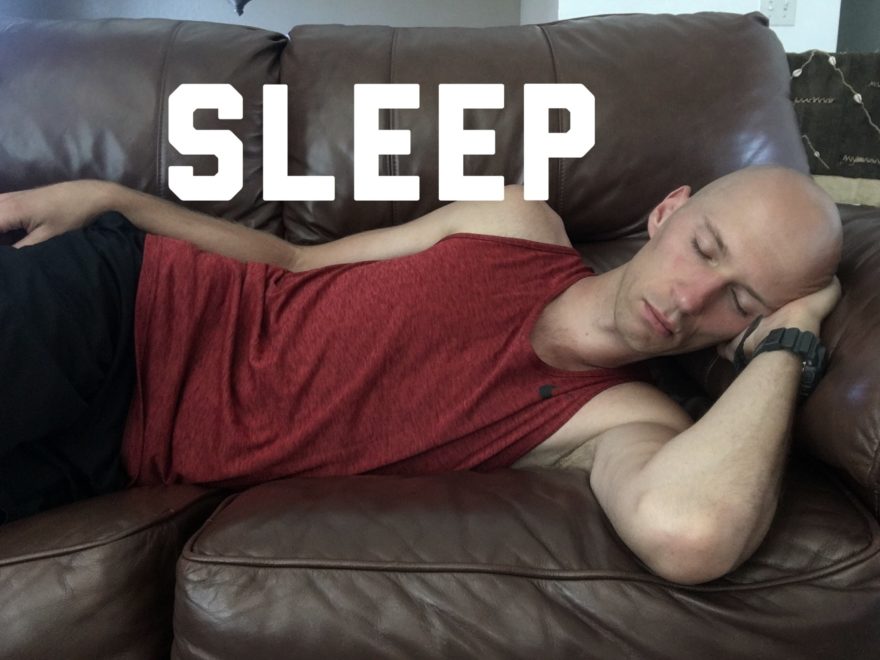Sleep is a big deal. Not only has a lack of sleep been linked to many big bad diseases, it also contributes to poor performance. Behavior change through education and persuasion is hard enough as is. We are all resistant to change, namely because our current habits and routines require Herculean willpower efforts to break. This problem is especially true in non-conducive environments. It’s hard to eat healthy when your family cooks fried foods and orders pizza for dinner every night. It is these situations where we just have to make the most with what we have, and that’s exactly what I spoke about on one of my best friend’s podcasts, Doug Kechijian. Before we go into the content, let me tell you a bit about Douglas, my younger-older brother. Doug and I first met way back in 2013 at a PRI course in Phoenix. I was the first person who arrived in town, and it was up to me to take care of the rental car. We had five bros to get to the class, so I needed to find something cozy that could fit everyone and their luggage to and from the class and Phoenix airport. So I’m looking at some midsize SUVs, a couple sedans, trying to find the right car that I could fit everyone in. Then I saw this: Doug and I had never met before, and he was the first person I had to pick up. He asked “what will you be driving?” I
Read More
